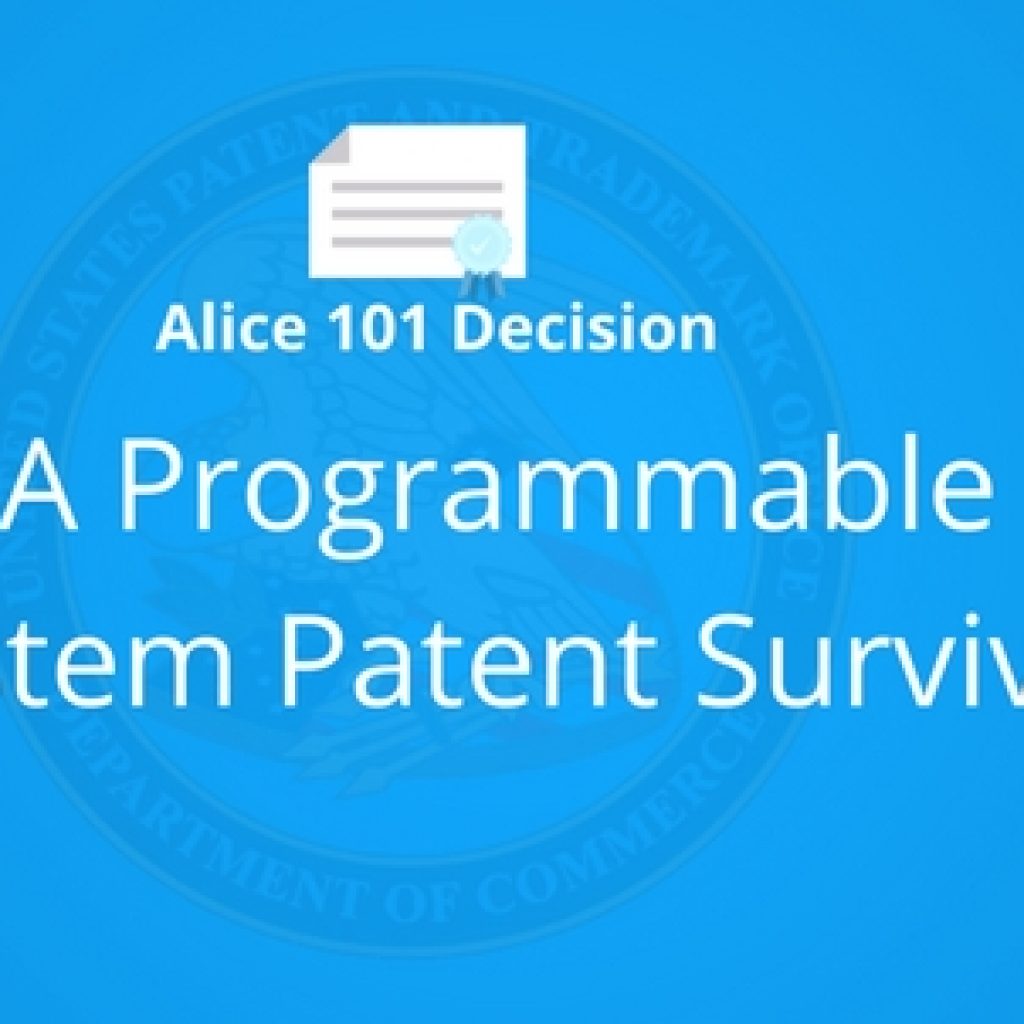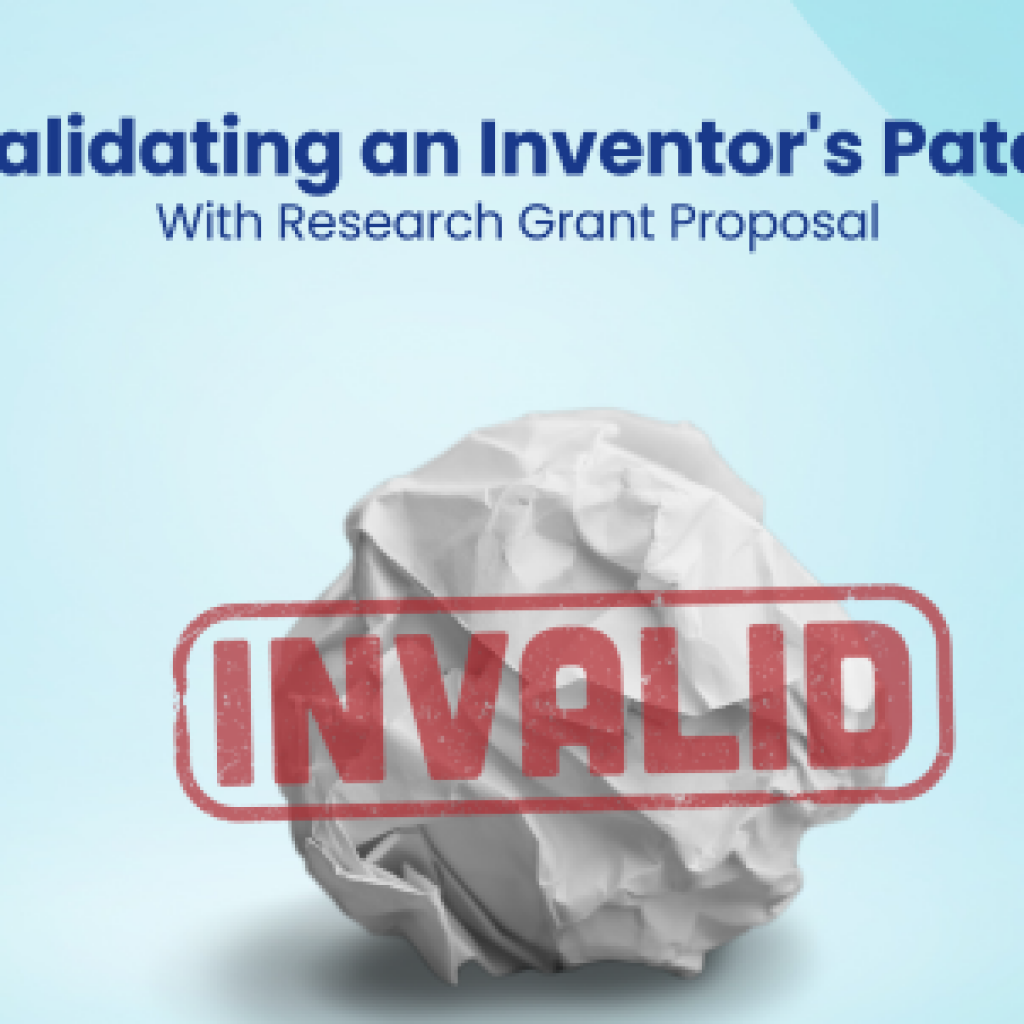Have you ever faced a situation where you had to find killer prior art in a limited time frame?
Let me tell you what happened when we faced a similar challenge recently.
In this case client wanted a killer art, but within a week.
Tom, a European litigation attorney, came to us with a prior art search assignment related to a user interface. Tom had to file a post-grant opposition for a patent published more than 8 months ago. His firm had engaged another vendor to conduct the search, but he was not much convinced with the results. Tom sent us an email explaining the situation. He now had two weeks to find the evidence and file for the opposition.
Tom requested us to find prior art within a week’s time frame so that he can use the buffer time to frame his arguments. A week can be a pretty tight deadline for some projects.
We had a killer prior art to find, which might not be very easy, since a competitor had already failed at finding it.
It was going to be one hell of a ride!
We immediately started with the search and worked out target key strings to drill down to closest results for manual review. The patent was related to the Graphical User Interface of a mobile device.
When we executed the search logic, the patent set came out to be huge. And, manual analysis of these patents in such a short time frame was akin to climbing Mount Everest during a snowfall.
Given the time constraint, we wanted to make sure nothing relevant is missed out, as it could’ve been counterintuitive. This concern raised the question of prioritization and optimization of the search process.
So when Kushal, the research analyst working on the project, had to call the shots, the first thing he did was analyze the search findings of the previous firms to identify some pattern. He figured out that in this case he has to a targeted search to reach to a Tier I category prior-art as quickly as we can.
Interestingly, he found that most of the results identified by the firm were assigned to IBM. So he thought to prioritize the technical literature of IBM (patents as well as non-patents) as IBM appeared to be very active in this area.
When Kushal was brainstorming this strategy with his mentor Aman, he shared one of his personal experience. Aman told him that once he was working on a patent portfolio which had patents assigned to companies like IBM and Finjan. He observed during that analysis that companies like IBM have a very strategic patent portfolio. He asked him to be aware that their family members may be covering different technologies with significant differences in disclosure covered in parent patent and CIPs.
He also shared an article published by IAM which was talking about a similar observation. The article mentions IBM’s horizontal integration ratio as 0.56.
Amused by the intellectual curiosity of Aman Kushal made sure that he considers every patent within a family as a separate reference. However, before we go further, let us share a little about Integration ratio.
What Integration ratio can tell you about an organization’s portfolio strategy?
For the uninitiated, Integration ratio for a patent portfolio is a key indicator of the depth and breadth of a patent portfolio within its respective patent families.
Let’s consider the value range between 0 and 1. The calculation of the integration ratio works by calculating the ratio of parent assets in the portfolio to the total patent assets in the portfolio. So, the integration ratios that are closer to 1 tend to indicate patent portfolios that are horizontally aligned.
The horizontally aligned portfolios are generally broader (and possibly more valuable) than the vertically aligned ones, which have an integration ratio closer to 0, as the economic footprint of the horizontally aligned portfolio is larger.
Vertically aligned patent portfolios tend to cover one or more key concepts in-depth, yet those concepts may have little application outside of a narrow focus.
IBM’s number was calculated based on 8861 patent grants, of which 4992 were parent patents. It indicates that IBM has a diverse range of patents in its patent portfolio with a large number of child applications like CP, CIPs, and terminally disclaimed patents with varying disclosure. A move possibly to generate revenue from the portfolio.
Taking integration ratio as lead, Aman asked Kushal to identify the assignees and prioritize IBM patents and also include their family members while executing the key strings.
Kushal independently analyzed all the family members of IBM’s Patents that appeared in our search
Now, let’s understand how it makes all the difference. You see, while executing key strings on the database, the default mode is to restrict the data set to one member per family. But this time our search lead was suggesting to include all the family members of IBM patents which appeared in our search.
Adding IBM family members to the data set was making an already hefty data set even bigger. Ideally, it is not a problem with standard turn-around time. But here it was a bit of a concern as we were already prioritizing IBM patents over others and now also including their family members.
In such a situation the standard reaction is to find a smart solution to limit the junk patents by limiting those keywords which are causing the junk patents to appear. And use more suited keywords after a quick manual scan through the patents. But we knew our restrictions and the team had its priorities straight. Their strategy was appearing to be the most optimum solution.
We were playing on a sticky wicket and we knew that the experience of our analysts was going to be the key component. As instructed, Kushal prioritized the IBM patents and their family members and kept others for fall back.
We got to the job and started exploring IBM patents and included their family members.
Guess what, it worked! We found a bang-on killer prior art reference. The killer patent that we found was a CIP of the result that our client already had.
Tom’s reaction? Just one word- “AMAZING”.
Our strategy paid off!
In fact, we identified the result in 4 days – one day before our deadline. We reported it to Tom immediately and then explained the findings to him over a web meeting.
“Amazing work! Proud to say that. The odds were against us as one round of search was already done and you had a very short deadline. But you guys did it. Keep it up.” – This was the feedback we got from Tom.
Having handled different projects with all kinds of challenges made us realize how intellectual curiosity can bring a huge change in the outcome.
As rightly said by Sir William Osler,
The value of experience is not in seeing much, but seeing wisely.
At GreyB, we have a knack of using first-hand experiences. Every experience, even a tad, brings us a lot of learning. Learnings that always come in handy when crucial decisions with far-reaching consequences are to be made.
We have bags of such case studies documented, each of them with a different challenge at hand. Like this one, where we found prior art for a 4G telecom patent using a link adaptation concept from the 90s or this one where we designed a series of tests to prove patent infringement involving text-to-speech products made by Google, Nuance, and IBM.
Wanna walk through more of where these came from? (Oh yes you do!), well we’ve got them mapped right here for you!
Have a project in mind where our rich experience could help? Fill the form below and our team will get in touch.
Authored by: Gaurav Sharma, Solutions and Nidhi, Market Research.










